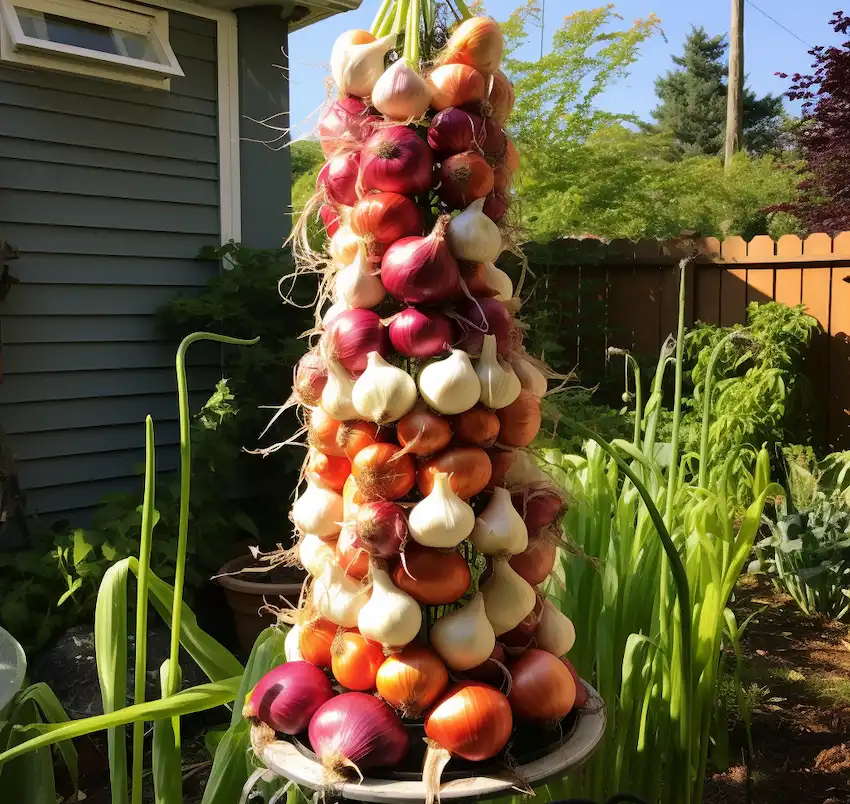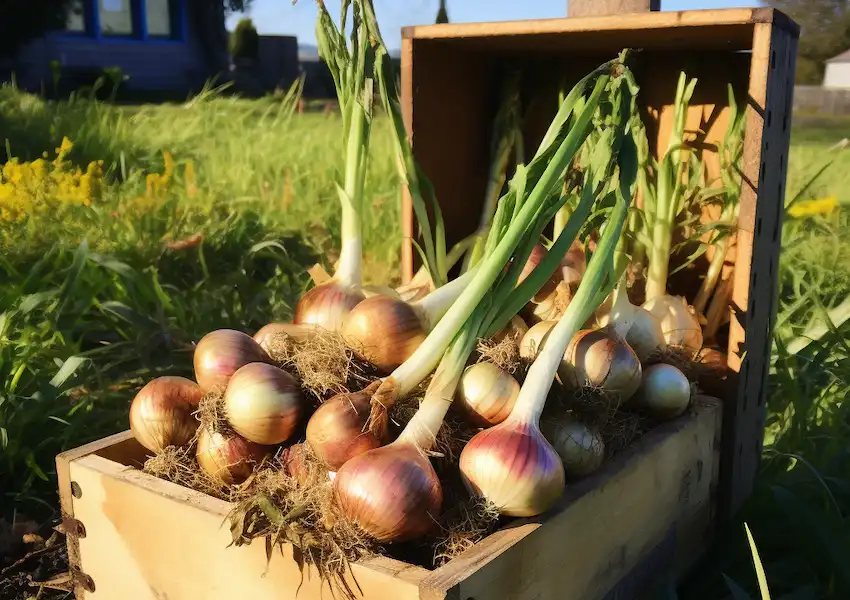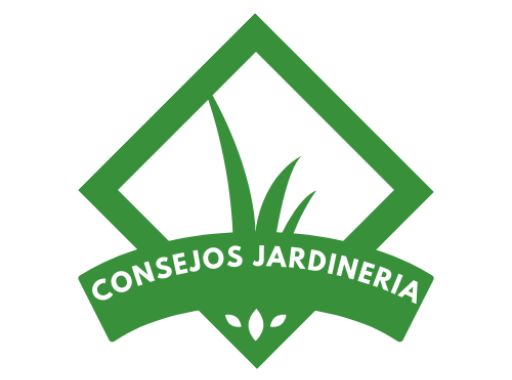

Cultivar cebollas en una torre es una forma innovadora de maximizar su espacio de jardinería al tiempo que garantiza una cosecha abundante. Este método no solo ahorra espacio, sino que también facilita una mejor circulación del aire y la exposición a la luz solar, lo que lleva a plantas más saludables y mayores rendimientos. Aquí hay una guía completa sobre cómo construir y mantener una torre de cebolla, asegurando que pueda disfrutar de cebollas frescas directamente desde su jardín.
Beneficios de una Torre de Cebolla
- Eficiencia Espacial: Perfecto para pequeños jardines o balcones urbanos donde el espacio de tierra es limitado.
- Reducción del Riesgo de Plagas y Enfermedades: Elevar las cebollas del suelo reduce su exposición a plagas y enfermedades transmitidas por el suelo.
- Ease of Harvest and Maintenance: Vertical towers make it easier to monitor plant health, water, and harvest without bending or stooping.

Materials Needed
- A vertical tower planter (commercially available or DIY)
- High-quality potting mix
- Compost or well-rotted manure
- Onion sets or seeds
- Watering can or drip irrigation system
- Optional: Mulch material like straw or wood chips
Step 1: Choosing and Preparing Your Tower
- Select a Tower: You can purchase a vertical tower planter or create a DIY version using items like PVC pipes, plastic bottles, or fabric grow bags with side pockets.
- Positioning: Place your tower in a location that receives at least 6 hours of sunlight daily. Ensure it’s stable and won’t tip over when loaded with soil and plants.
Step 2: Soil Preparation
- Mix Your Soil: Combine the potting mix with compost or well-rotted manure to enrich the soil. Onions thrive in well-draining, nutrient-rich soil.
- Fill the Tower: Carefully fill your tower with the soil mixture, ensuring even distribution and avoiding over-compression, which can hinder root growth.
Step 3: Planting the Onions
- Using Onion Sets: Plant the onion sets (small bulbs) about 1 inch deep and 4-6 inches apart, ensuring the tips are just poking through the soil surface.
- Using Seeds: If planting from seeds, sow them ¼ inch deep and thin the seedlings once they’re a few inches tall, keeping the strongest ones.
Step 4: Watering and Maintenance
- Watering: Water your onions regularly to keep the soil moist but not waterlogged. A drip irrigation system can provide consistent, targeted watering.
- Feeding: Feed your onions every few weeks with a balanced liquid fertilizer to promote healthy growth.
- Monitoring: Regularly check your tower for signs of pests or diseases. Remove any affected plants promptly to prevent spread.
Step 5: Harvesting
- Knowing When to Harvest: Onions are ready to harvest when their tops begin to yellow and fall over. Gently loosen the soil around each onion and lift it out of the tower.
- Curando cebollas: Coloque sus cebollas cosechadas en un lugar cálido y seco con buena circulación de aire durante unas semanas para curarlas. Este proceso endurece las capas externas y prepara las cebollas para el almacenamiento.

Cuidados posteriores y consideraciones estacionales
- Post cosecha: Después de la cosecha, reponga el suelo en su torre con compost fresco para prepararse para el próximo ciclo de siembra.
- Cuidado de invierno: Si su área experimenta heladas, considere mover su torre a un lugar protegido o cubrirla con vellón hortícola para proteger sus plantas.
Construir una torre de cebolla es una excelente manera de maximizar su espacio de jardinería y disfrutar de una cosecha abundante. Con estos pasos y el cuidado adecuado, puede cultivar cebollas saludables y sabrosas incluso en los espacios más pequeños. ¡Feliz jardinería!
